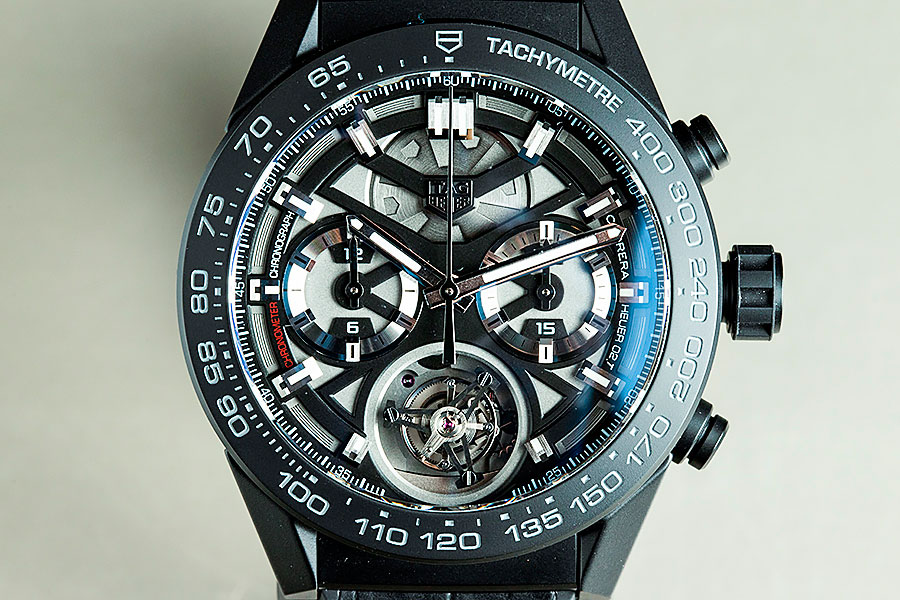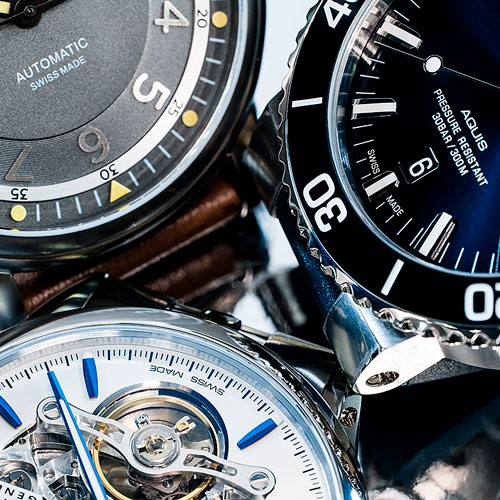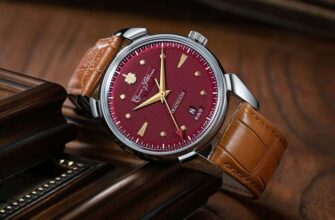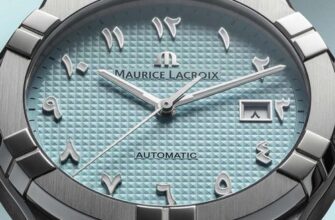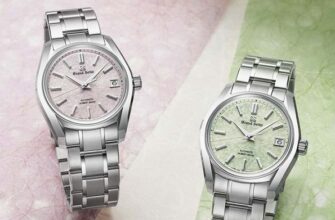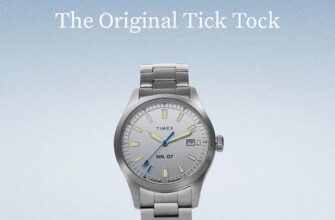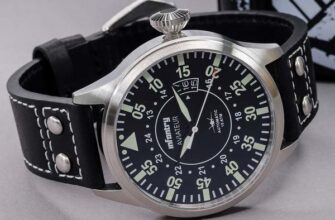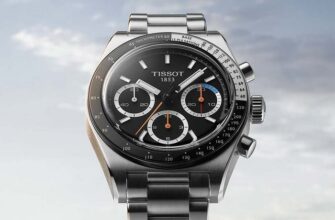Wristwatches not only tell the time. They also talk about themselves. Let's see what some of the markings on the watch faces and case backs mean.
Country of origin
Perhaps the very first thing that interests the buyer is where and by whom the watch is made. Well, the question of "by whom" is almost always answered by the manufacturer's logo. The question "where" is a little more difficult. Of course, if Swiss made is written on the dial, it is clear that it is made in Switzerland. However, there are nuances. The legislation of this country strictly stipulates that watches with the share of Swiss components (by value) of at least 60% are marked with the words Swiss made. And, of course, the final assembly is also Swiss. Well, the remaining 40% can be delivered to the assembly from anywhere ...
The Japanese are stricter with this: the Made in Japan marking guarantees XNUMX% purebred watches. However, the wording Japan mov't is very common. It means that the mechanism is Japanese, but such watches are assembled outside the Land of the Rising Sun - for example, in China.
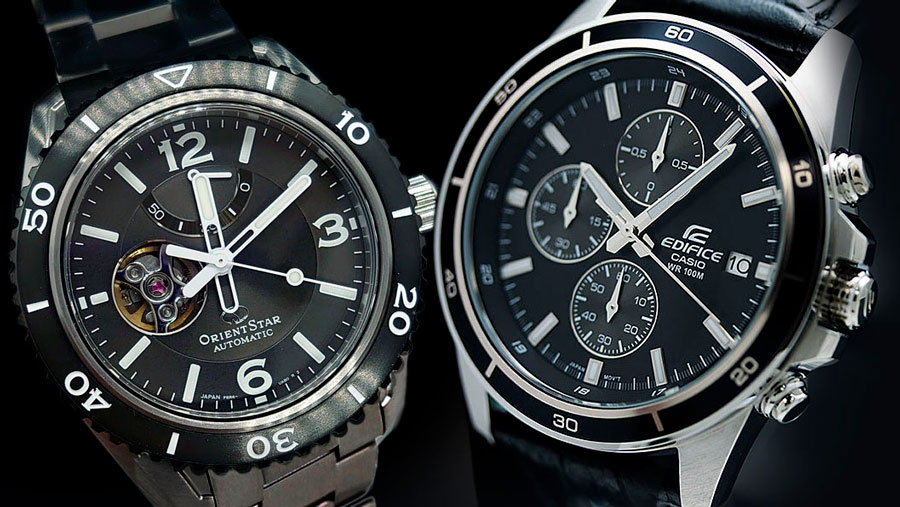
Mechanism type
And what kind of mechanism is in the clock, what type is it? There is also an answer to this question: if Automatic is written, then inside there is a self-winding mechanic.
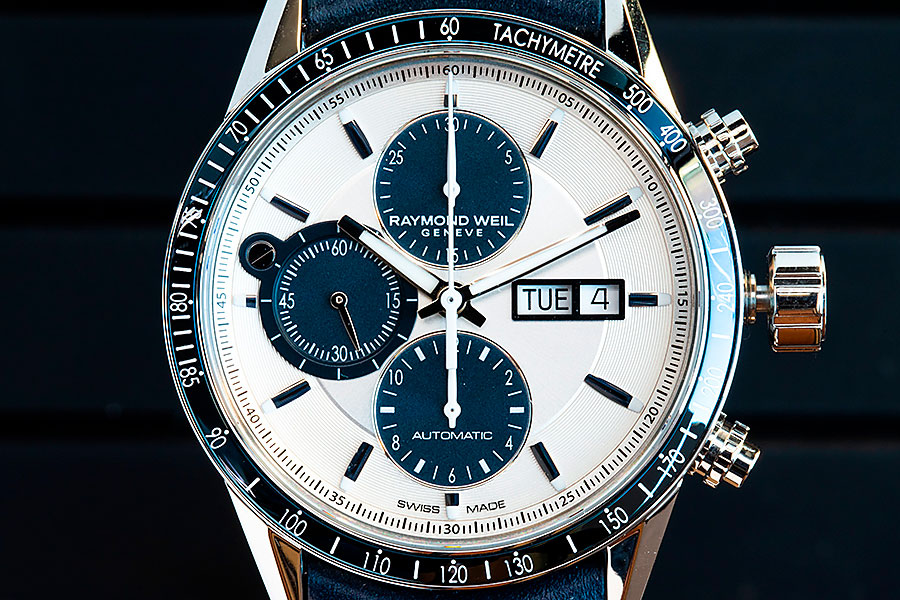
If Quartz is written, then ... is it necessary to explain?
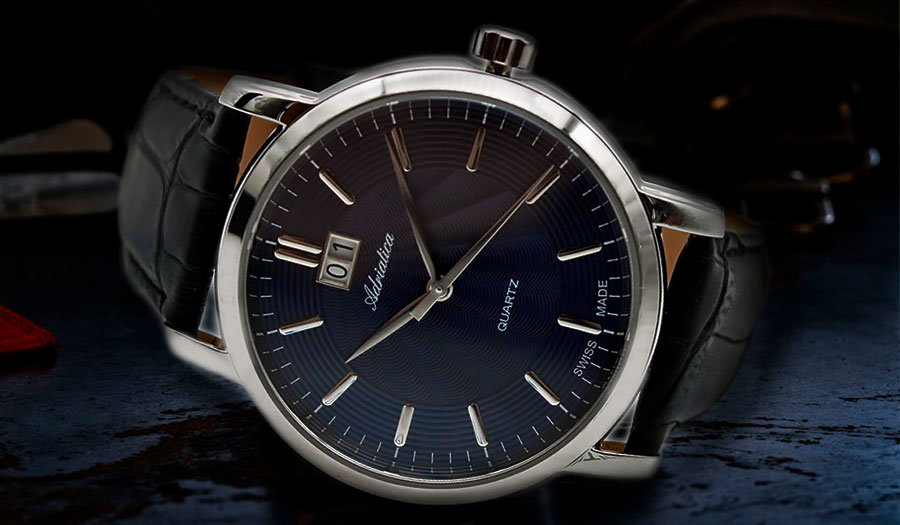
Stones
Mechanics are always built on rocks. Yes, and some types of quartz "engines" - too. These stones are supports for the axes of the moving parts of the mechanism. And on the dials or back covers there is a mark: XX JEWELS. In fact, a jewel is not a simple stone, but a precious one. And rightly so, stones for watch movements are made from rubies - in our time from artificial ones, which are incomparably more economical than natural ones, and even higher in properties.
However, the designation of the number of stones is, perhaps, a relic, a tribute to tradition and nothing more: it is absolutely impossible to say that the more stones, the better. There is no such connection at all.
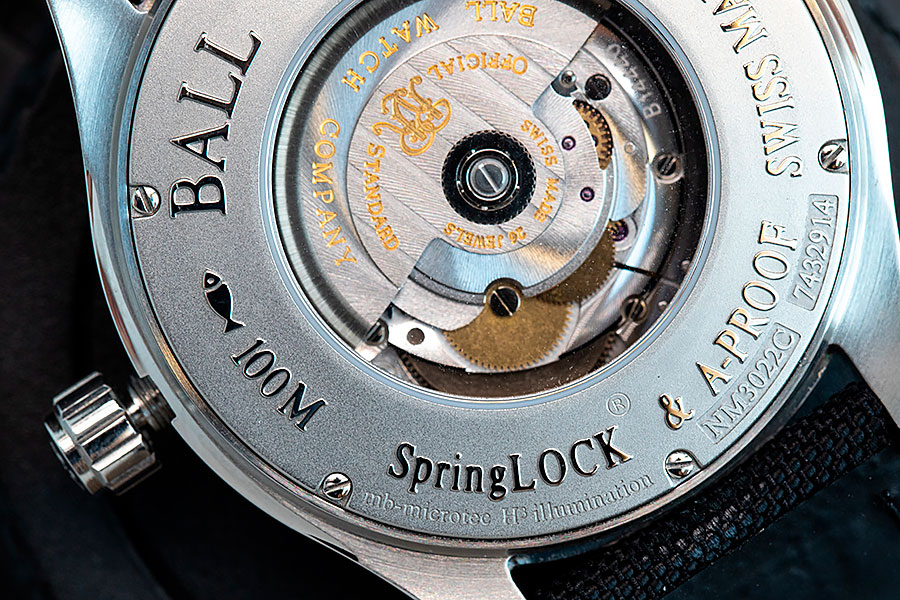
impermeability
On many models, there is an indication of the water resistance of the case, in meters and / or atmospheres (or even in feet). Often these data are accompanied by the word DIVER'S or PROFESSIONAL. Such watches comply with the international diving standard ISO 6425, which provides not only tightness at the declared pressure (with an excess of 25% when testing each instance), but also resistance to salt water, temperature extremes, as well as magnetic fields, shocks, etc.
A unidirectional digitized bezel and a clear readability of the watch in the dark are also required.


Magnetic protection
If we talk about magnetic protection separately, then there is a special standard for it - ISO 764. It allows you to mark watches with the inscription MAGNETIC RESISTANT (or, for example, GAUSS) if they withstand a magnetic field strength of at least 4800 A / m (amps per meter). This, in terms of magnetic induction, is approximately 60 Gauss. It should be borne in mind that a magnetic resonance tomograph creates a field of 15000 Gauss, i.e. 250 times stronger!
Accordingly, if you need an examination on such equipment - it is better not to subject ordinary watches, even those marked as magnetically protected, to this test. Only exotic models that are immune to the field that lifts a live frog into the air can withstand it (there is such a concept from Omega). But the induction hob generates only a few Gaussians, so it is not dangerous.

Accuracy
We also note the markings indicating that the watch has one or another certificate of accuracy. The most popular of them is the Swiss COSC certificate, according to which the average daily rate deviation is within -4/+6 sec. Some brands work according to alternative standards.
Thus, the aforementioned Omega prefers METAS (Swiss Federal Institute of Metrology), which sets 0/+5 sec., and marks the watch with the words Master Chronometer; on TAG Heuer models, the Tête de Vipère marking (with an accompanying image of a viper's head) from the Besancon National Observatory is found.
And some manufacturers set their own standards and their compliance is reported on the dials. An example is Grand Seiko: the letters GS as such guarantee an accuracy of -3 / + 5 seconds, if the word Special is added, then -2 / + 4 seconds, and the abbreviation VFA (Very Fine Adjustment - very fine adjustment) promises -1 / +3 sec. And he doesn't cheat!

